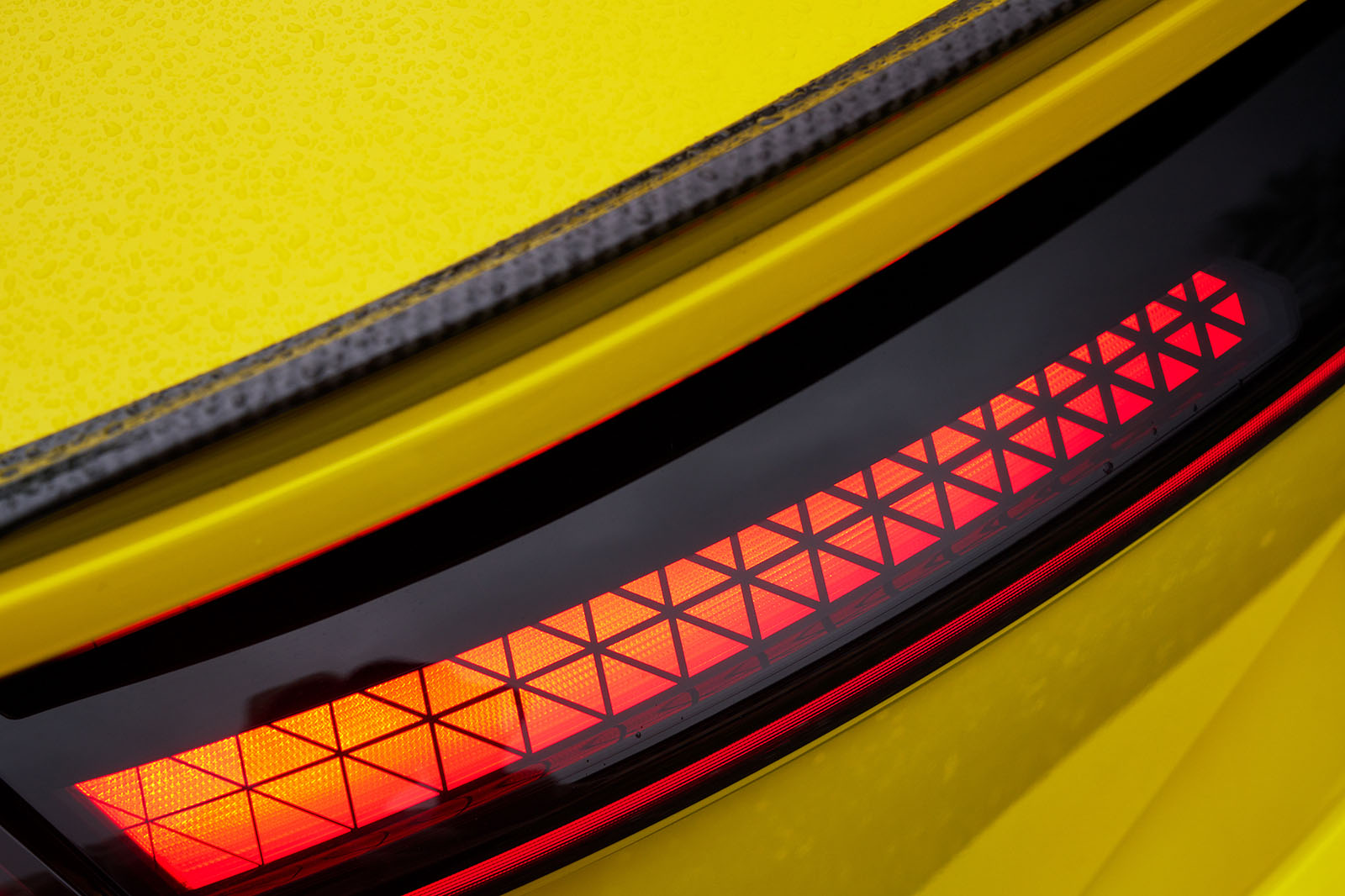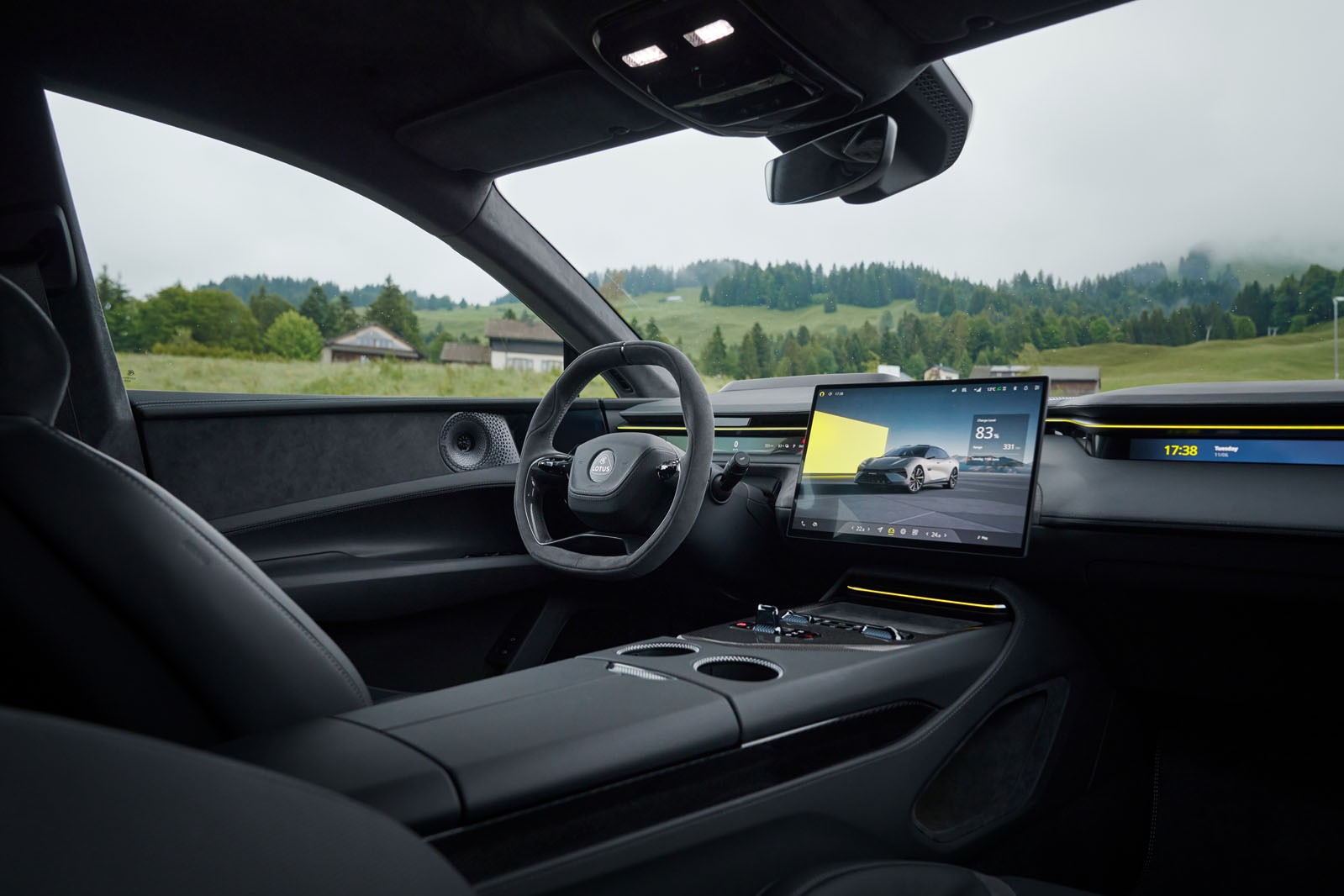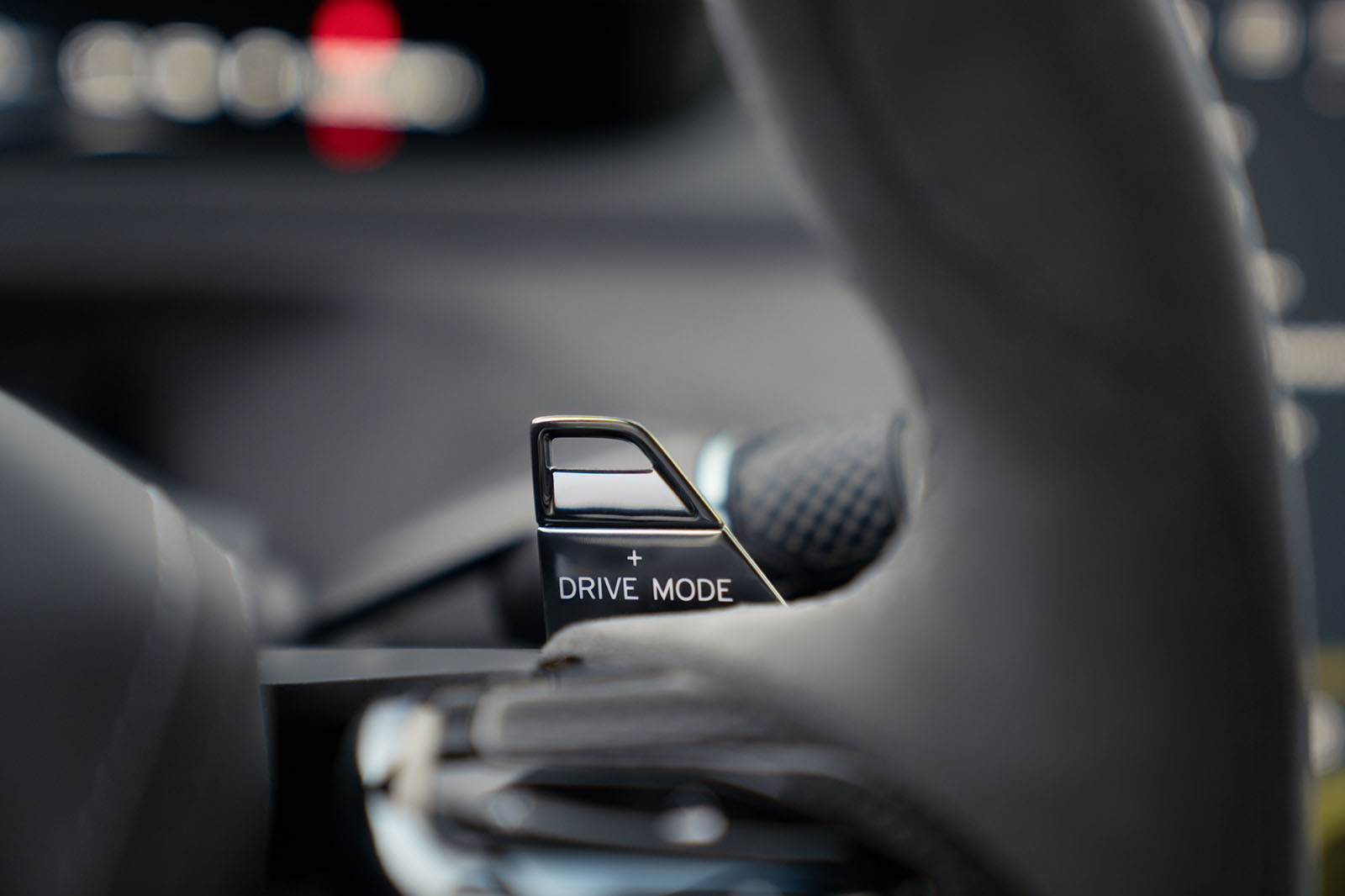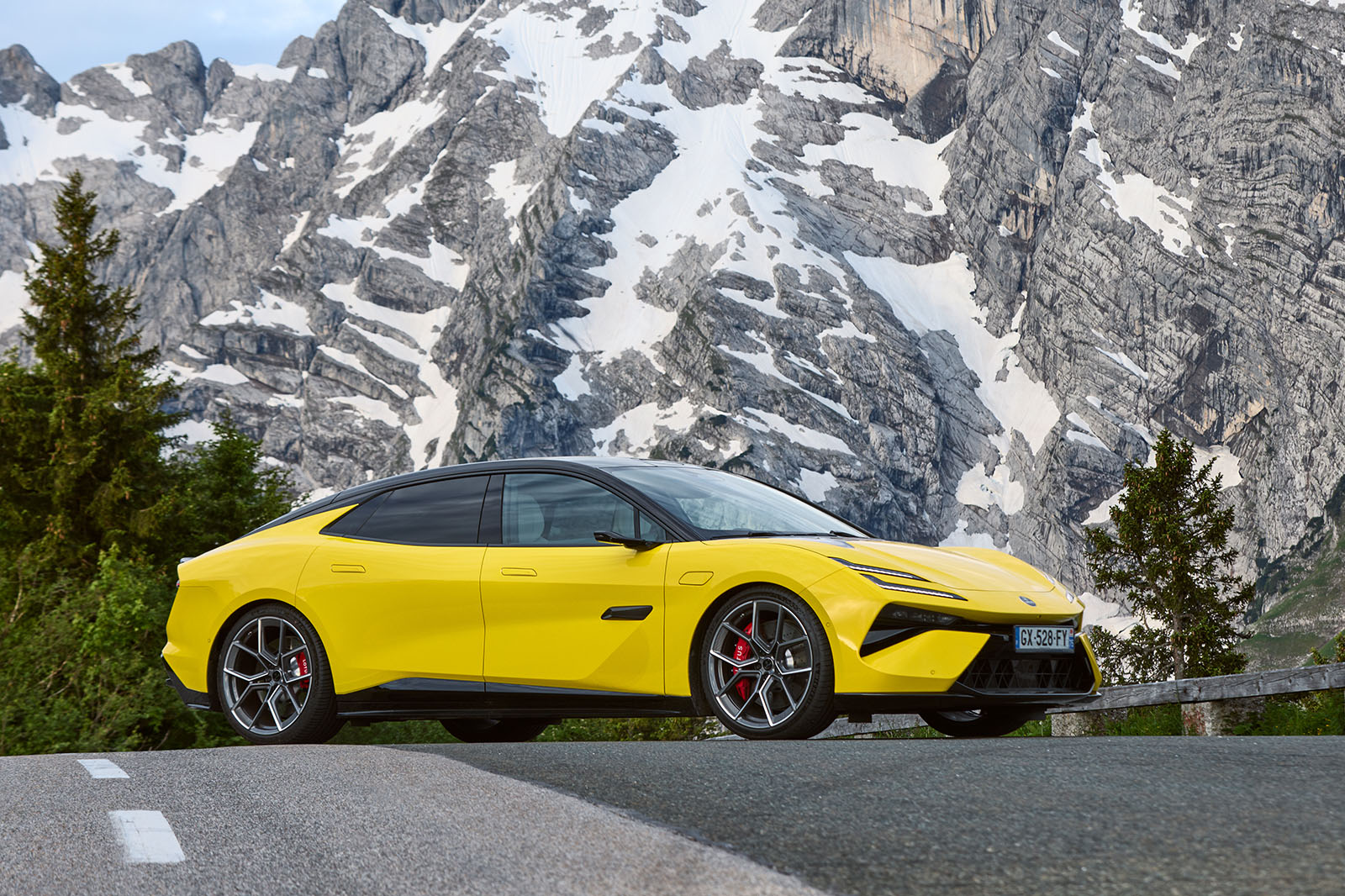Before we get stuck into the new Lotus Emeya, ask yourself: has any car maker changed its tune so abruptly as the historically Norfolk-based outfit?
It seems only months ago that we were haring around the track at Hethel, goading an Exige 390 Sport Final Edition – all 1138kg of it – into misbehaving. That day was in fact in 2021, but it may as well be ancient history, because the Exige is extinct and the now Anglo-Chinese marque is launching its second pure-electric, four-wheel-drive, two-tonne-plus, luxury-slanted, tech-drenched, five-door car. Exige-style unassisted steering is to the Emeya what hieroglyphs are to artificial intelligence.
This £90,000 Lotus is a slope-backed GT-type car arriving on the heels of the Eletre SUV. It has been on sale in China since the start of the year but is now here in Europe. It was conceived in quite an interesting way that makes it an alternative to both the Porsche Taycan and the Mercedes-Benz EQS.
Such breadth could prove pivotal if Lotus is to reach its stated target of selling 150,000 cars annually by 2028 – roughly the point at which it hopes to give us an asphalt-sniffing, two-seat electric sports car. Note, though, that in the same way the Boxster wouldn’t exist if the Cayenne hadn’t once lit a fire under Porsche’s ailing business model, any ‘Elise 2.0’ won’t surface if the Eletre and Emeya don’t sell convincingly.





















































